In 1271 when Marco Polo left Venice at the start of his journey to the land of the Kublai Khan, there was another Marco that travelled with the expedition.
Pandemic
By now, most of us reading this, will have heard of, or experienced the symptoms of Covid 19! Some may also have read about another frightening pandemic that swept across Asia, Europe and North Africa in the 13th and 14th century known as the Bubonic Plague or Black Death.
Over many hundreds of years, a series of land and sea routes developed, connecting China and the Far East with Europe creating a lucrative trade network. It became known as the Silk Route, although it carried many other valuable cargos as well. Unhappily, it also became the conduit of a deadly plague aptly named the Black Death, killing more than 50 million people between 1346 and 1352!
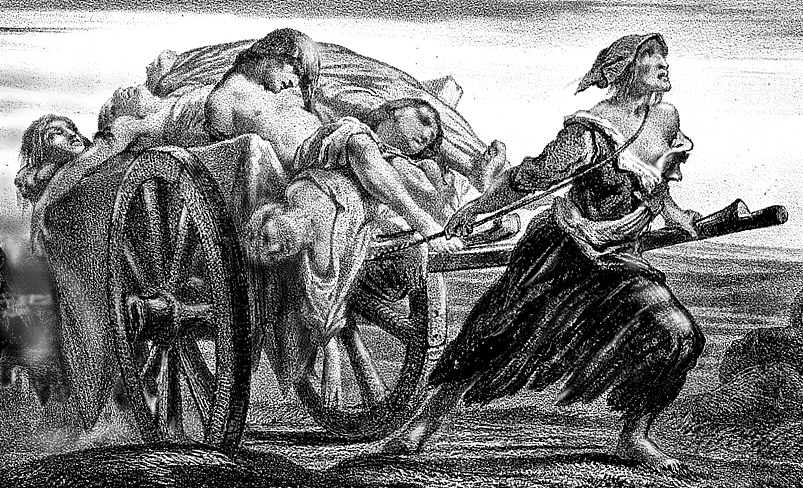 Bodies being carted away for burial
Bodies being carted away for burial
Up until recently, the disease that caused the plague was thought to have been carried by fleas found on ground rodents in the fields, which included marmots and gerbils. Climate change dried out the grasslands of China and forced these fleas to abandon their rodent hosts and look for a more suitable habitat, which they found in the villages and overcrowded cities on rats and the people living there. As traveling overland along the busy trade routes increased, so did the number of infected merchants and travellers multiply.
Recent research suggests that the Black Death was not spread when bitten by fleas, but that it was a pneumonic plague, meaning that it was transferred through the air from person to persons breathing. [like Covid 19] Whatever the cause, the horror and destruction cannot be diminished.
Seaport towns became infested and the trading ships rapidly carried the sickness long distances across the Mediterranean.
It is said that a Crimean Black Sea port called Kaffa was deliberately infected during a siege of that city, by the Mongol Golden Horde army of Jani Beg in 1346, when his army hurled plague-ridden corpses over the city walls. [See blog posting TOM #15 how this was done] The pandemic probably reached the ports of Constantinople, Athens, Venice and Genoa this way and then spread the tidal wave of death, inland.
At that time the population of Europe was in poor health, weak and malnourished because of the hardship of the feudal system and the stress of constant famines. The importance of personal and public hygiene was non-existent in the 14th century. Streets were filthy, soils management was often raw sewage flowing in open earthen gutters along the side of the road past the houses. Live animals of all sorts added to the squalor that fed the cocktail of parasitic germs spreading the plague
Plague Doctor’s mask
Europeans struggled to find ways to combat the plague’s wrath. It is interesting to note that plague doctors wore facemasks that resembled a bird’s head with a curved beak filled with herbs and sweet smelling spices, perhaps not only to avoid inhaling the possibility of air-born germs, but because of the stench when removing the bodies piled up outside doorways. About one-third of Europe’s population died in the epidemic. The Black Death certainly caused the total disappearance of about 1,000 villages. Think about that!
City officials and medical staff tried everything to slow down the death rate including setting up dedicated plague hospitals, quarantining the sick, establishing health-cordons and even shutting the borders. [Do these restrictions sound familiar?] Different strains of the same disease kept coming back to devastate Europe again and again for 400 years! Modern researchers have found that a strain of the disease that developed in Europe eventually made its way back to China killing millions of people there in 1800. Outbreaks of the plague keep recurring around the world, as recently as 2013 in Madagascar.
In England in 1400, the population was down to half of what it had been 100 years before. The population of western Europe took 200 years to reinstate its pre-1348 level.
Drastic changes, brought about by the deaths of so many labourers, reduced the amount of land under cultivation. This proved to be the ruin of many landowners. Labour shortage compelled them to pay higher wages to artisans and peasants alike. These changes challenged the feudal system and began to change the hitherto rigid stratification of society.
Religious believers polarised into groups that either became more fanatical, while others turned away from God, rebelling against being punished. Mystics searched for signs and symbols in the heavens above, blaming the relative positions of well- known planets as a portend of ‘a great pestilence in the sky’. Some Muslim physicians warned against trying to treat the pandemic as it was sent by God as a trial. Fear filled sections of the population began to lash out at minority groups, looking for scapegoats that could be blamed for the spread of the plague. Jews, Gypsies, foreigners, beggars and lepers were rounded up and killed or burnt at the stake!
Let us now have a look at our own current situation with Covid 19 infecting the whole world.
Although statistics for Covid 19 pale into insignificance when compared with the Black Plague’s figures, there are however many frightening similarities. Both diseases mutate and become more resistant to medication. The vehicle for carrying both the sicknesses, Black Death and Covid 19, are the infected people, no longer slowly along the ponderous silk route, but across to the other side of the world in one overnight jet flight! This makes the Covid 19 virus potentially far more dangerous than the Black Death.
Should this be a warning for us to heed? Could Covid 19 and its ensuing mutations supersede the devastation of the Black Death? Surely the answer must be “Yes it could!”
As this is once again an even numbered posting of this blog, it is M4M time again, which means Monsters for Monsters where we post a drawing of some fictitious monster to scare or delight our younger readers.
As a follow-on to the article above, I thought a group of pictures of real live bugs photographed and enlarged with an electron microscope would be scary enough, more so, since some of these actually live on us! Perhaps it was one of these that spread the plague. Creepy, isn’t it?
Stay Safe.
TOM


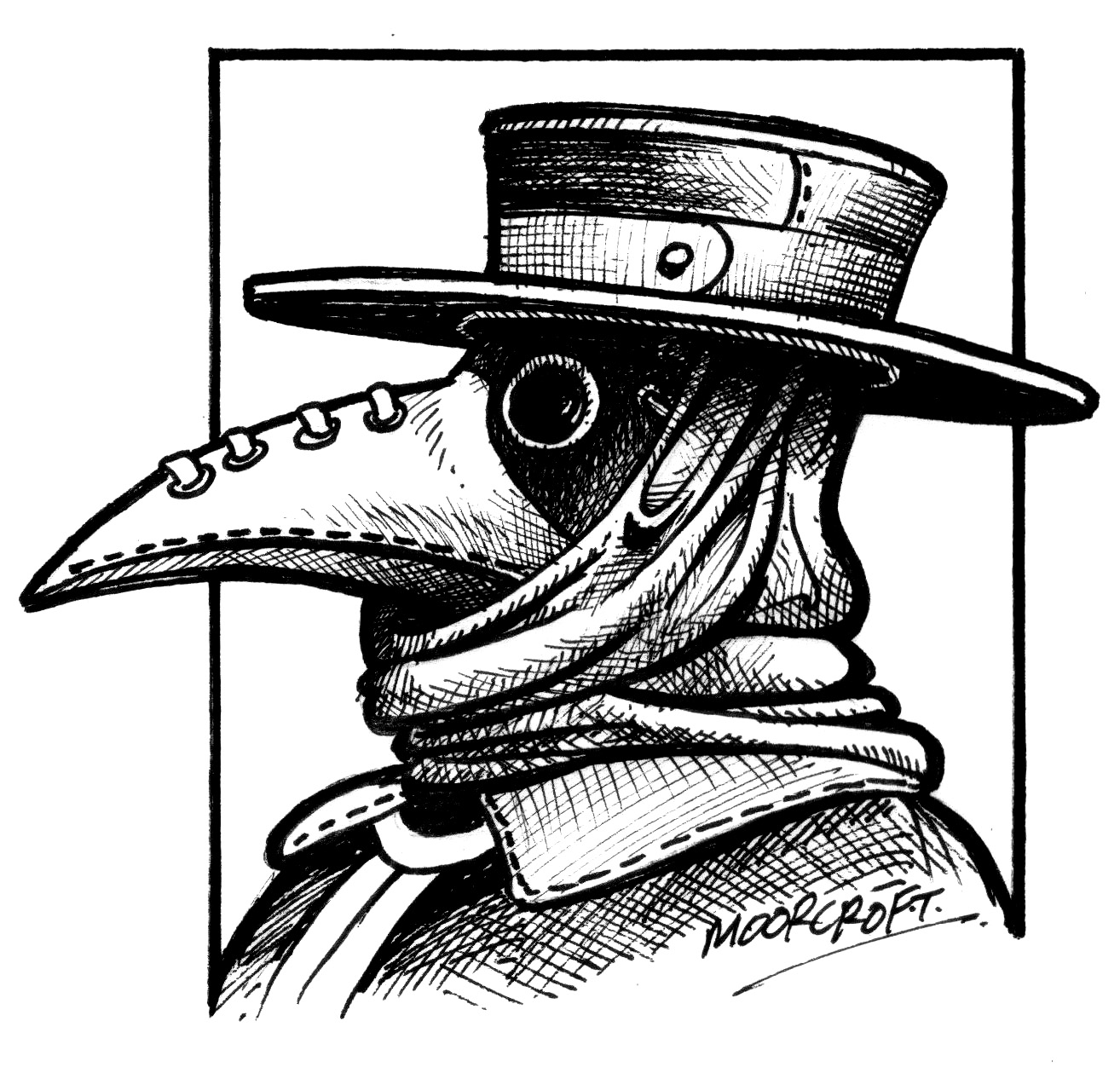
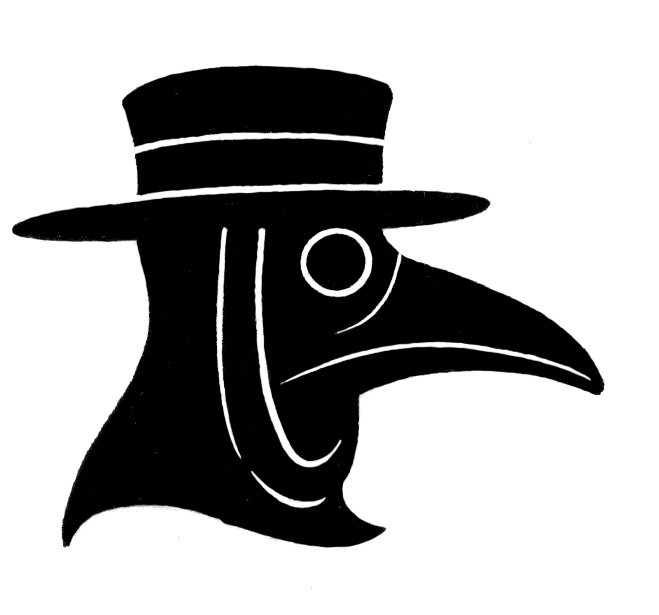










 Then one day a total stranger commented. I was very happy and wrote back to this person and thanked him.
Then one day a total stranger commented. I was very happy and wrote back to this person and thanked him. Soon, more and more ‘strangers’ from all over the world wrote to me. I was thrilled and thanked them all. I simply felt if someone, whose first language is not English, took the trouble to contact me, I should respond. I even replied to the comments that were negative! All comments are valuable.
Soon, more and more ‘strangers’ from all over the world wrote to me. I was thrilled and thanked them all. I simply felt if someone, whose first language is not English, took the trouble to contact me, I should respond. I even replied to the comments that were negative! All comments are valuable. Then suddenly, the comments doubled, then trebled and soon I was receiving over 200 contacts a week. I desperately wanted to answer all of them. When my inbox registered 1000 incoming comments I knew I was in trouble.
Then suddenly, the comments doubled, then trebled and soon I was receiving over 200 contacts a week. I desperately wanted to answer all of them. When my inbox registered 1000 incoming comments I knew I was in trouble.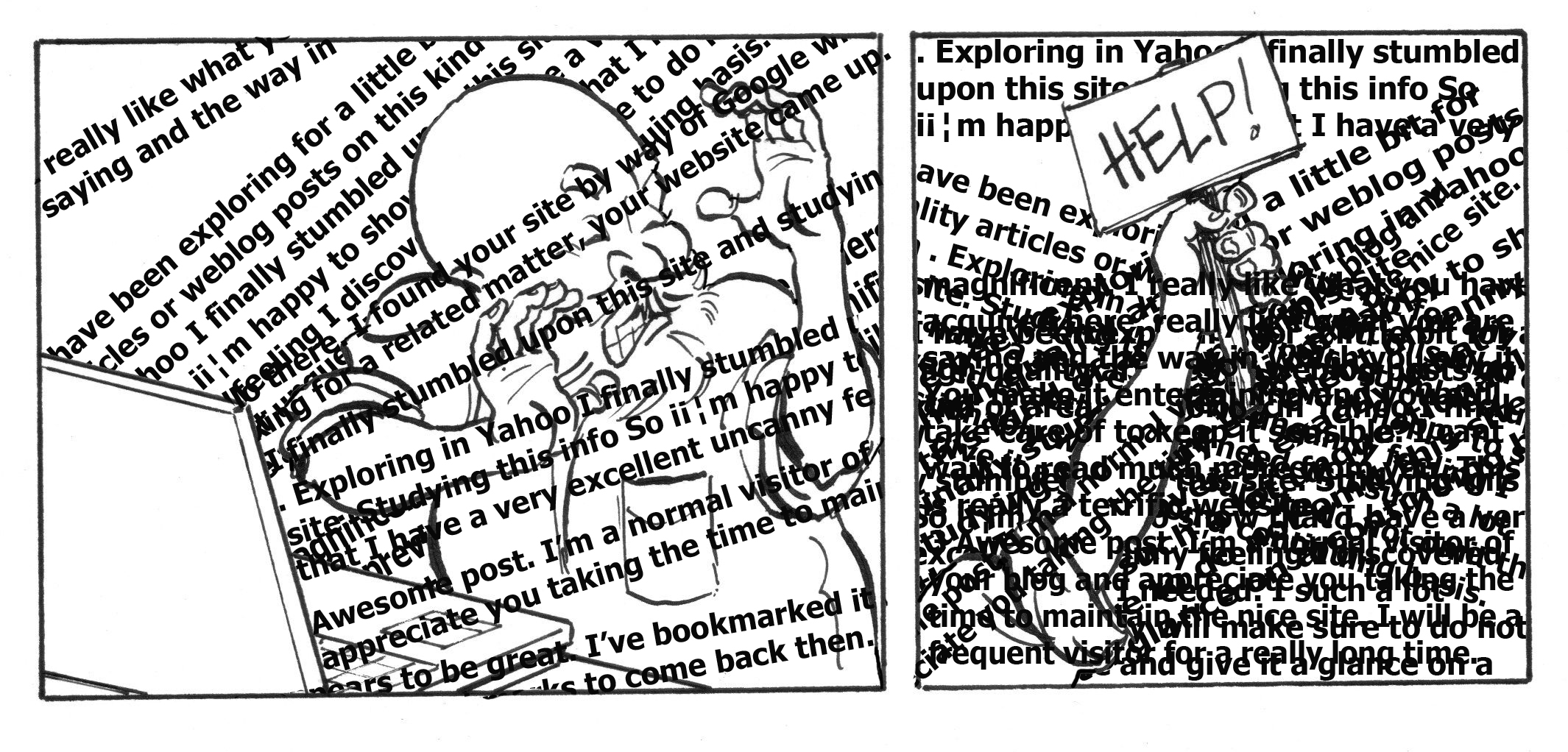 In desperation I contacted my blog manager and asked him to stop the blog. He wisely decided to close down the comments only and suggested that I carry on with the blog but explain to the readers why we have done this.
In desperation I contacted my blog manager and asked him to stop the blog. He wisely decided to close down the comments only and suggested that I carry on with the blog but explain to the readers why we have done this.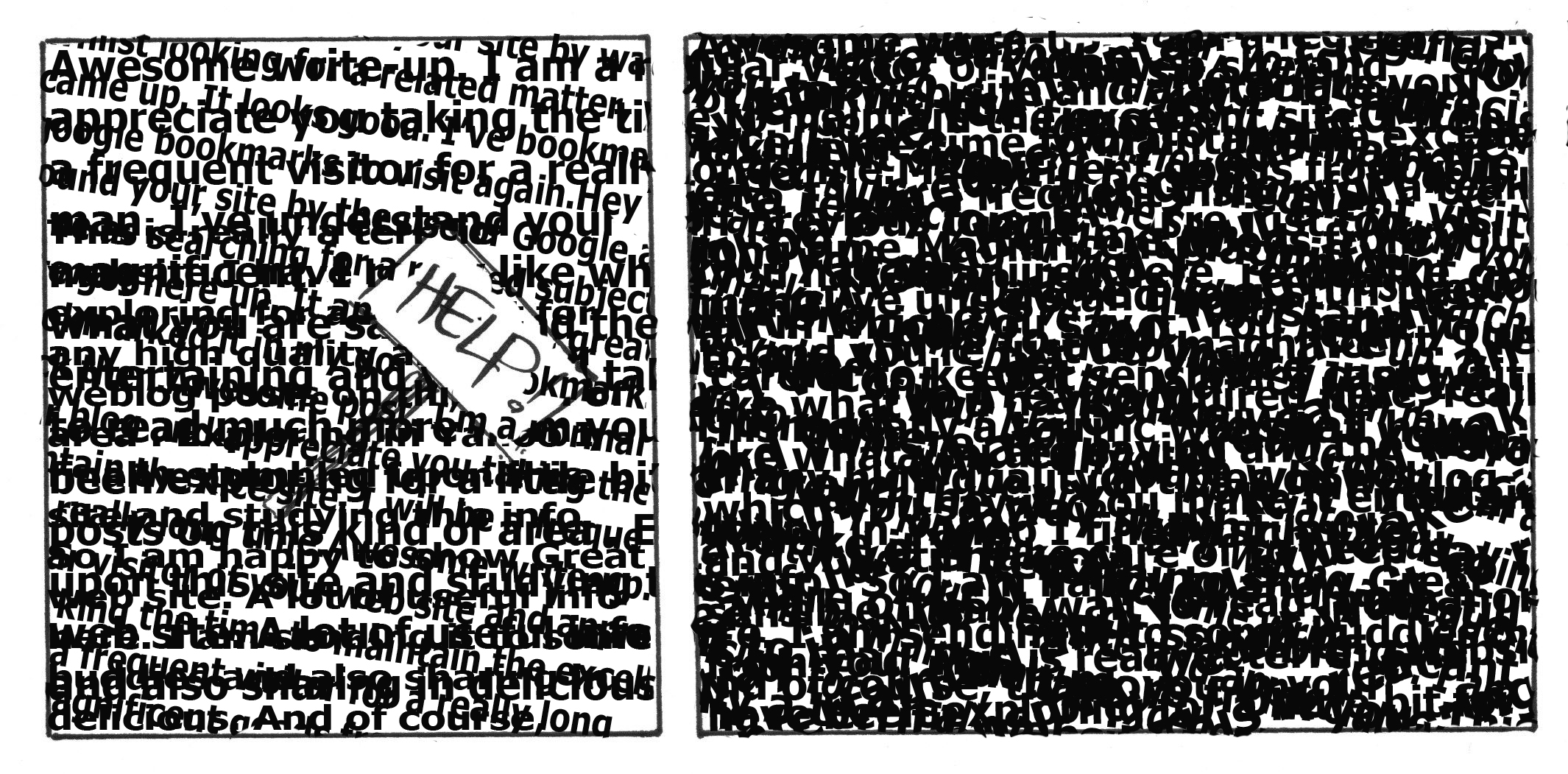 I have now dug myself out from under your wonderful comments and want to say THANK YOU for writing. I cannot possibly answer you all individually but I want you to know I appreciate the fact that you took the trouble to comment.
I have now dug myself out from under your wonderful comments and want to say THANK YOU for writing. I cannot possibly answer you all individually but I want you to know I appreciate the fact that you took the trouble to comment. I will open the comments again soon but will only be able to answer a few. Thank you so much for reading ‘The Other Marco’s blog’.
I will open the comments again soon but will only be able to answer a few. Thank you so much for reading ‘The Other Marco’s blog’.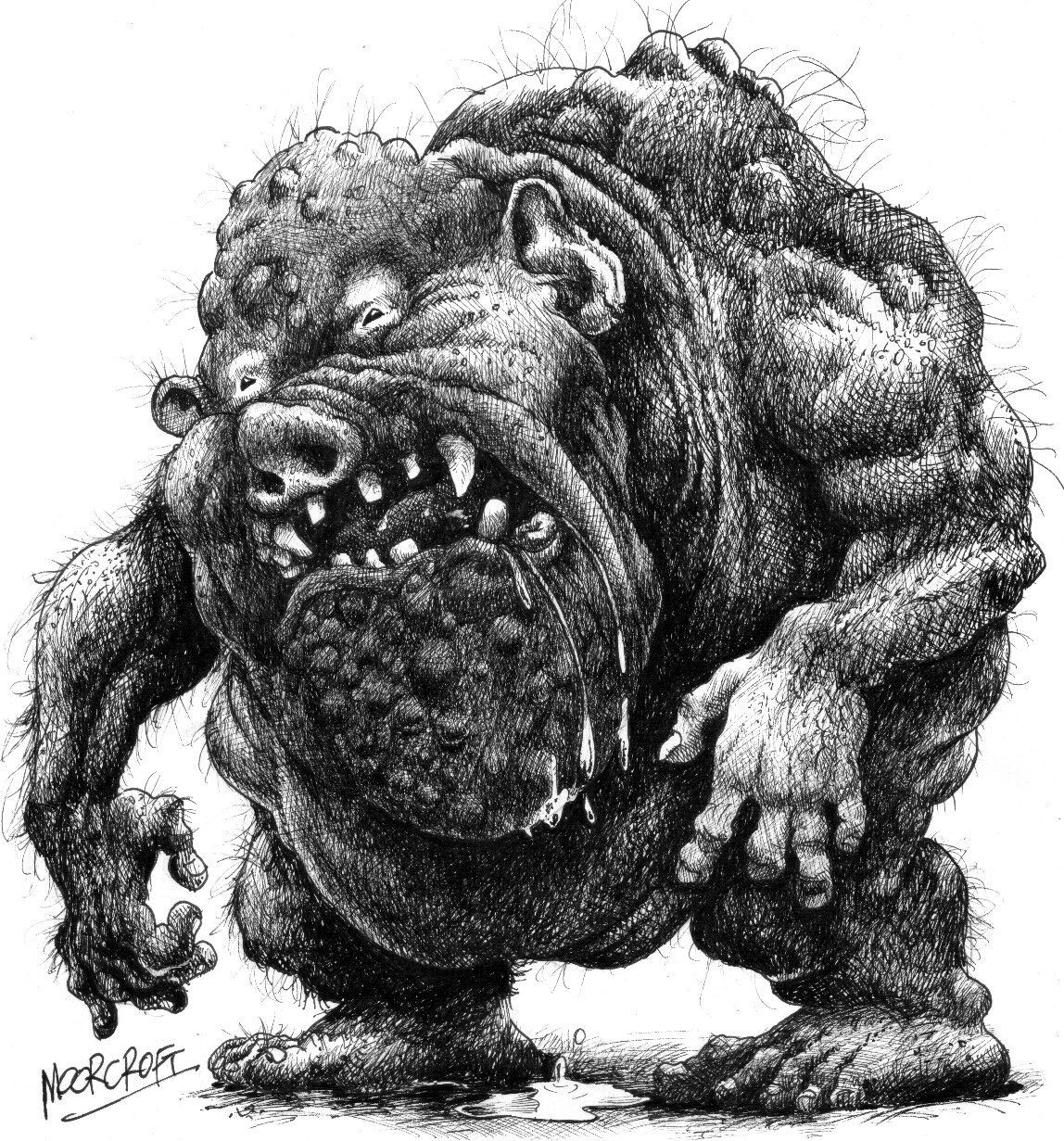

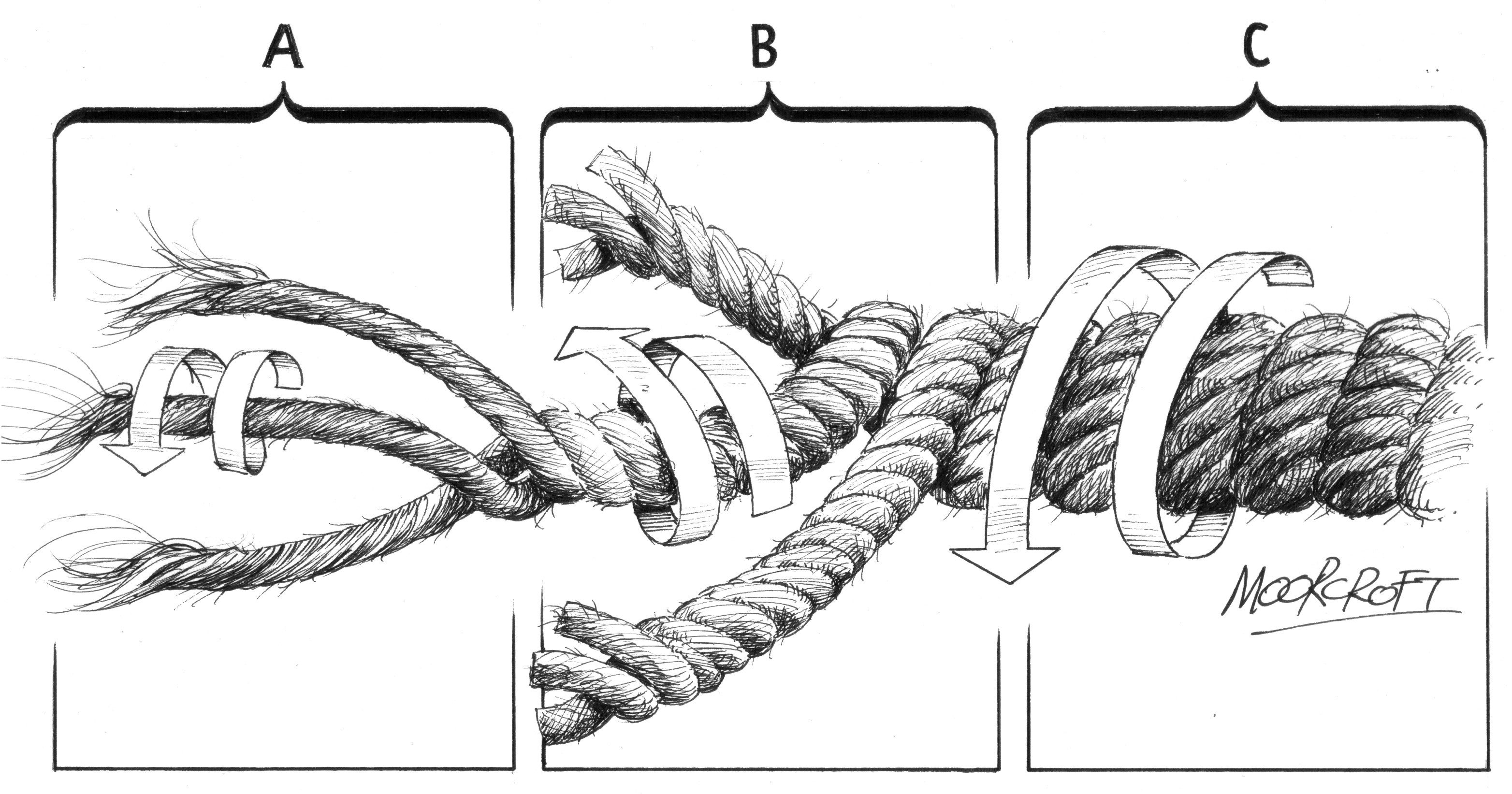
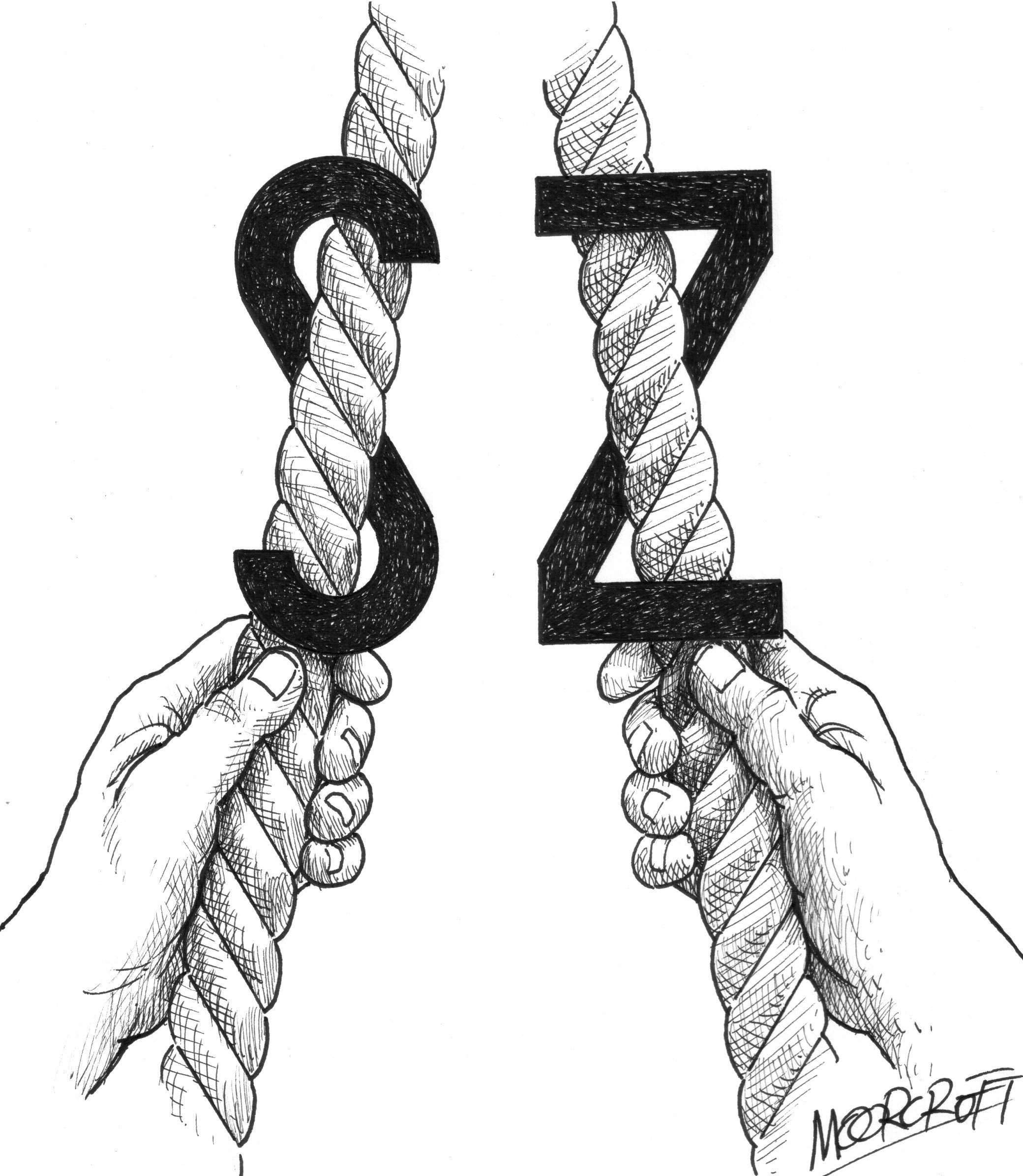
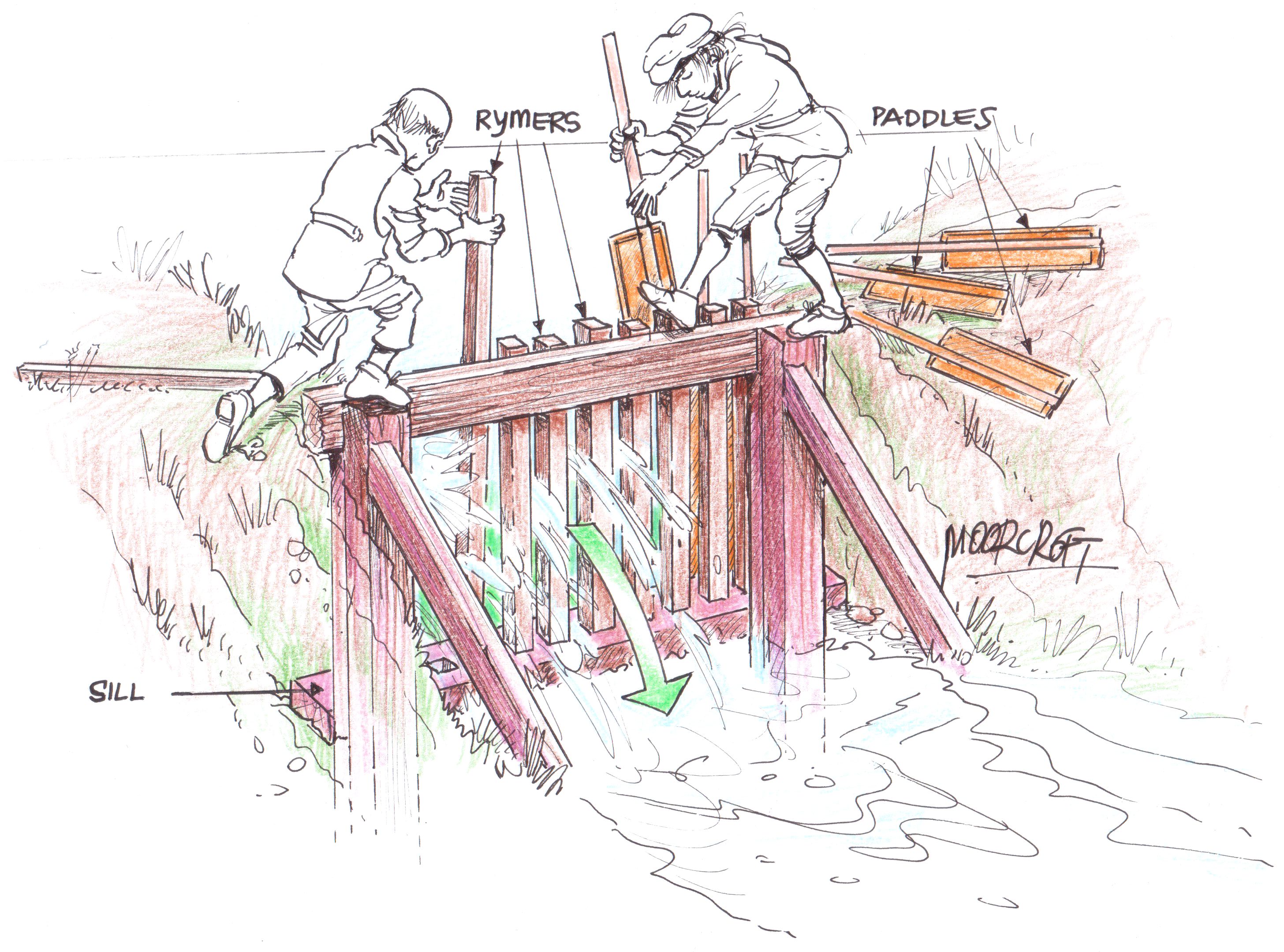
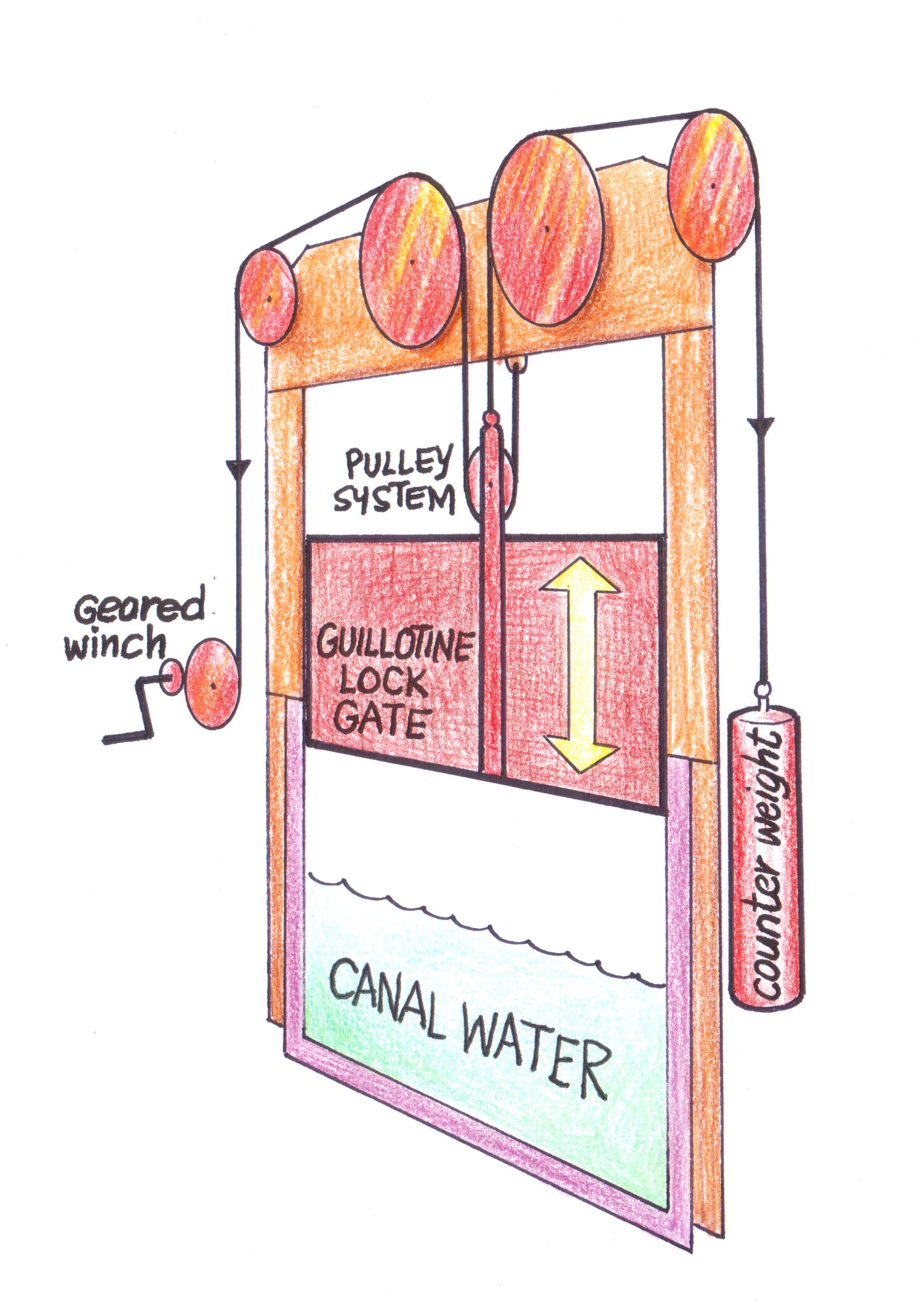


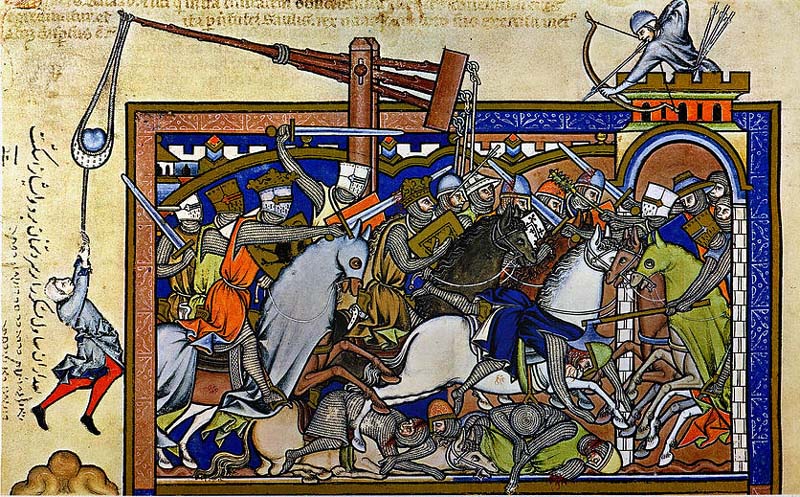
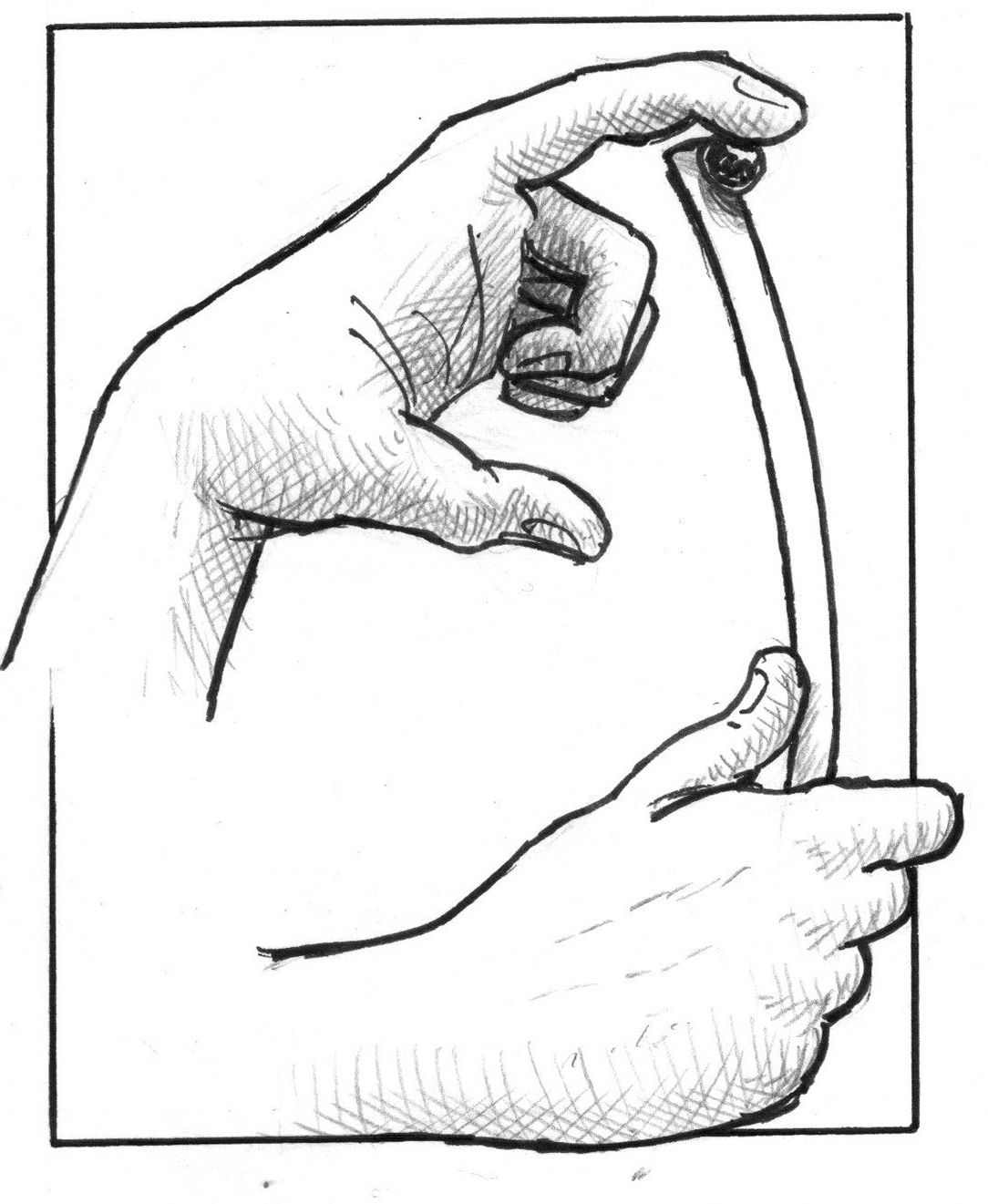
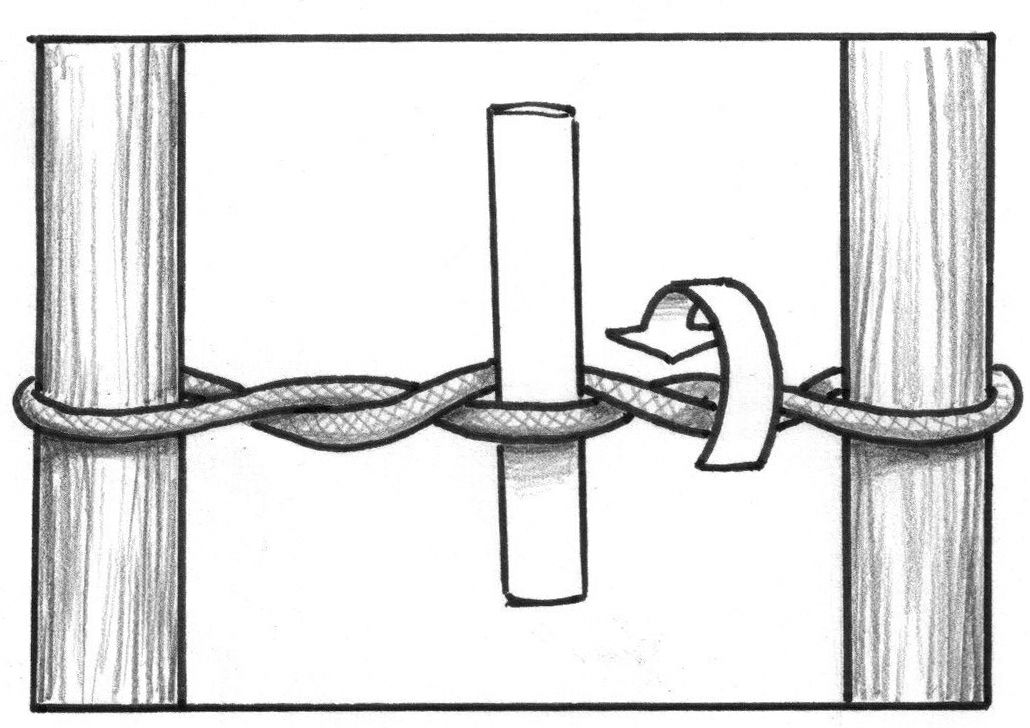
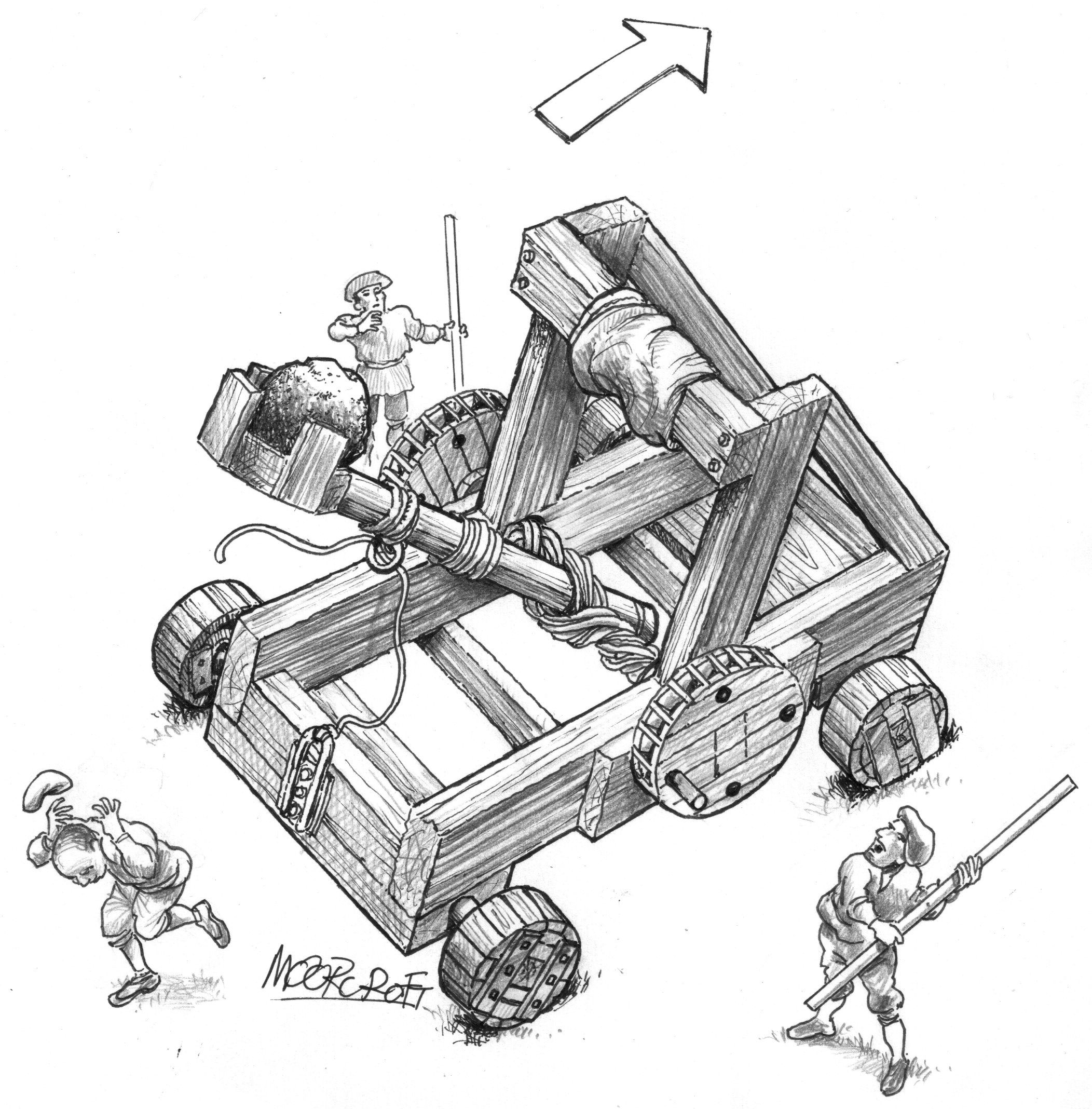
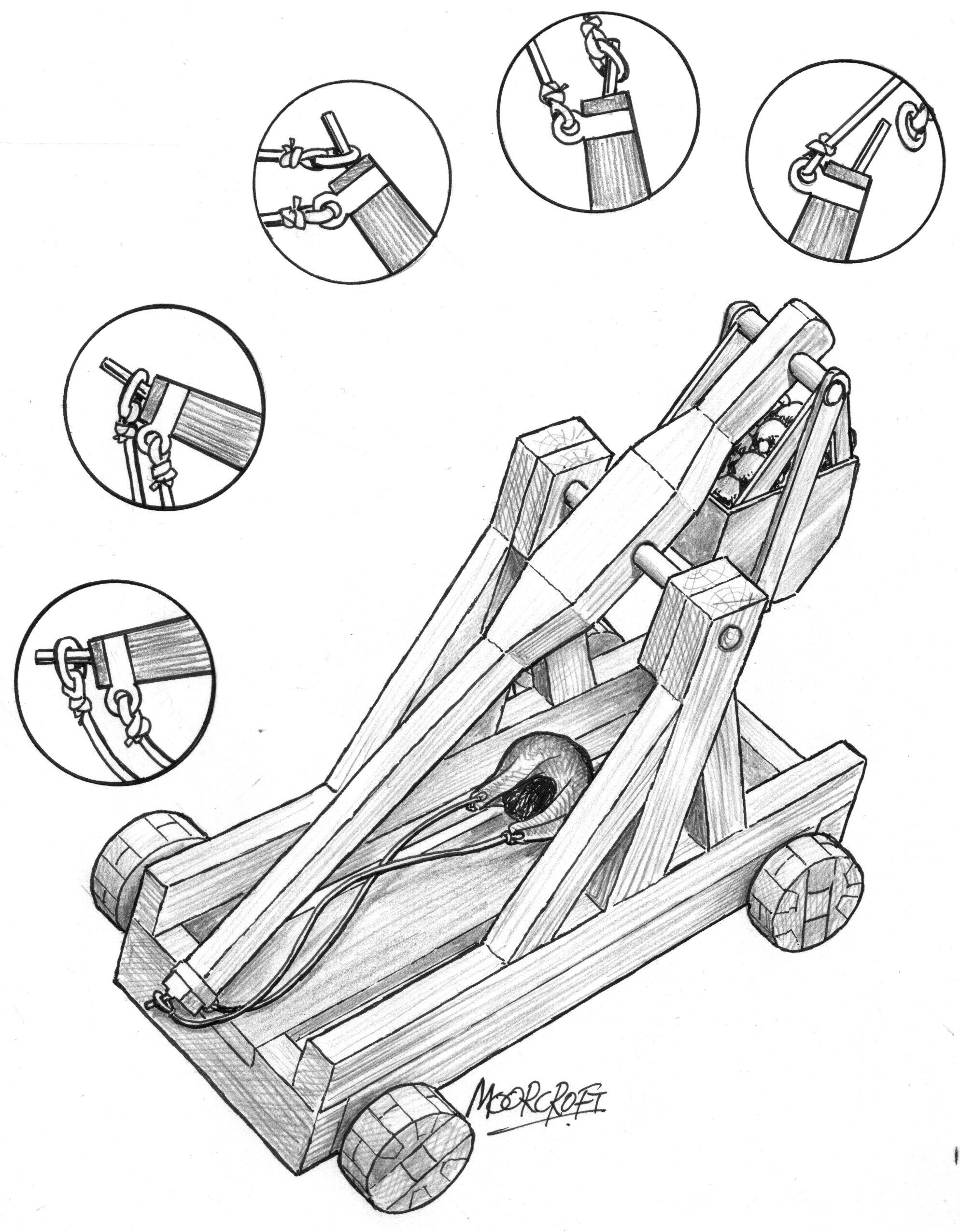




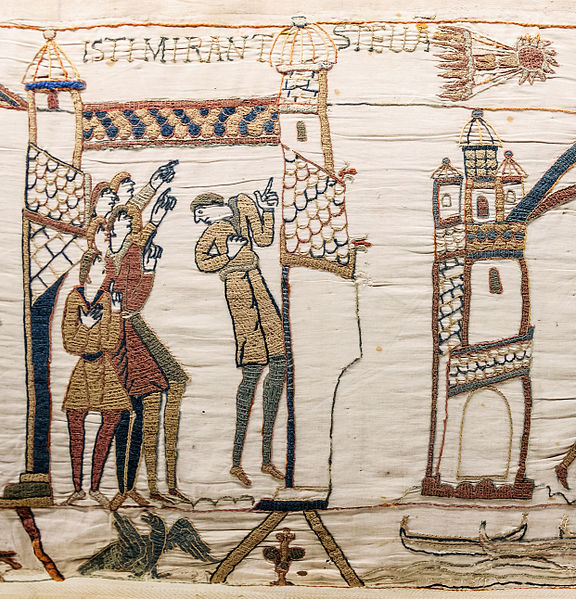

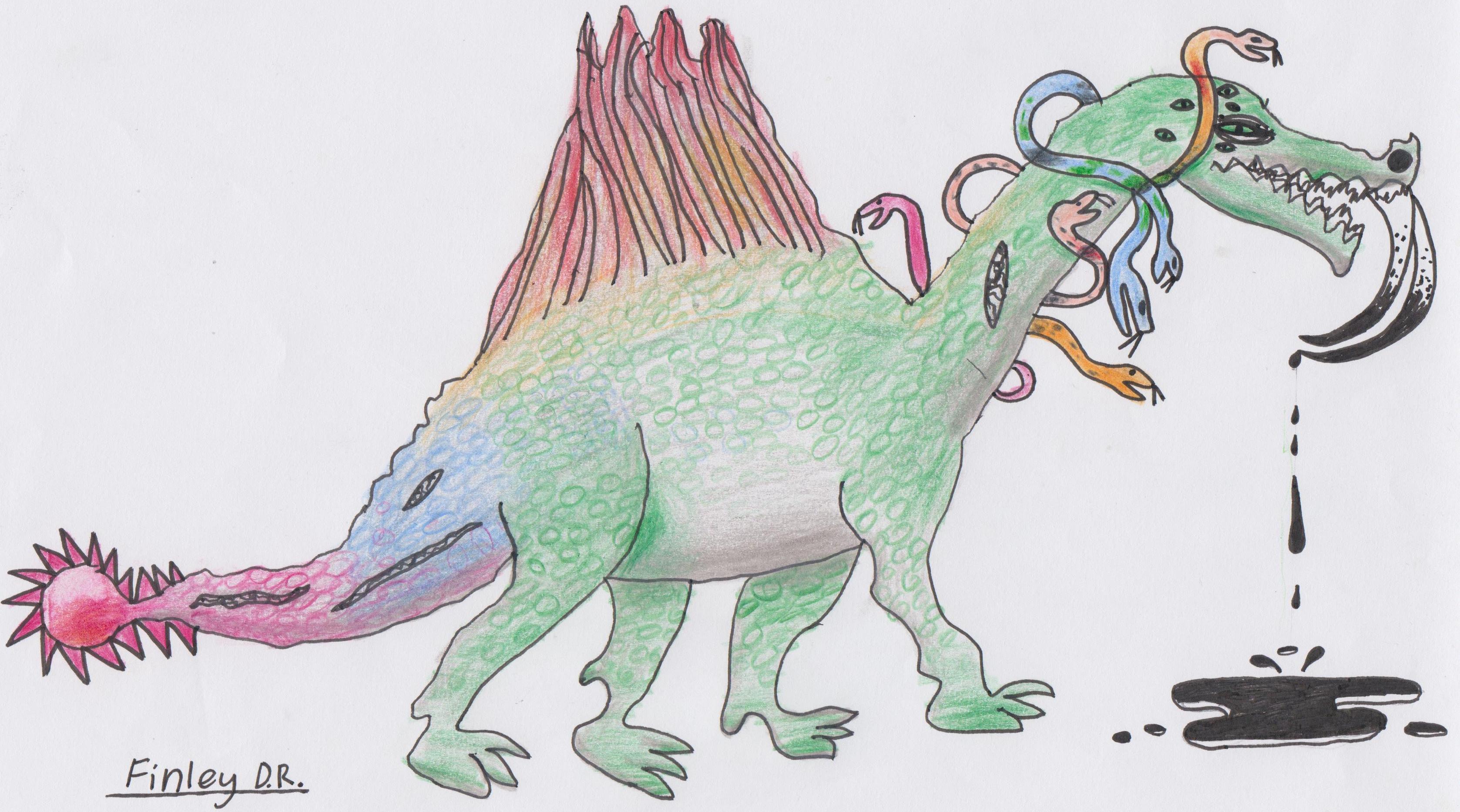
![arsenale_grande[1]](https://theothermarcostory.co.za/wp-content/uploads/2017/10/arsenale_grande1.jpg)

![maxresdefault[1]K](https://theothermarcostory.co.za/wp-content/uploads/2017/10/maxresdefault1K.jpg)
![arsenal[1]](https://theothermarcostory.co.za/wp-content/uploads/2017/10/arsenal1.png)
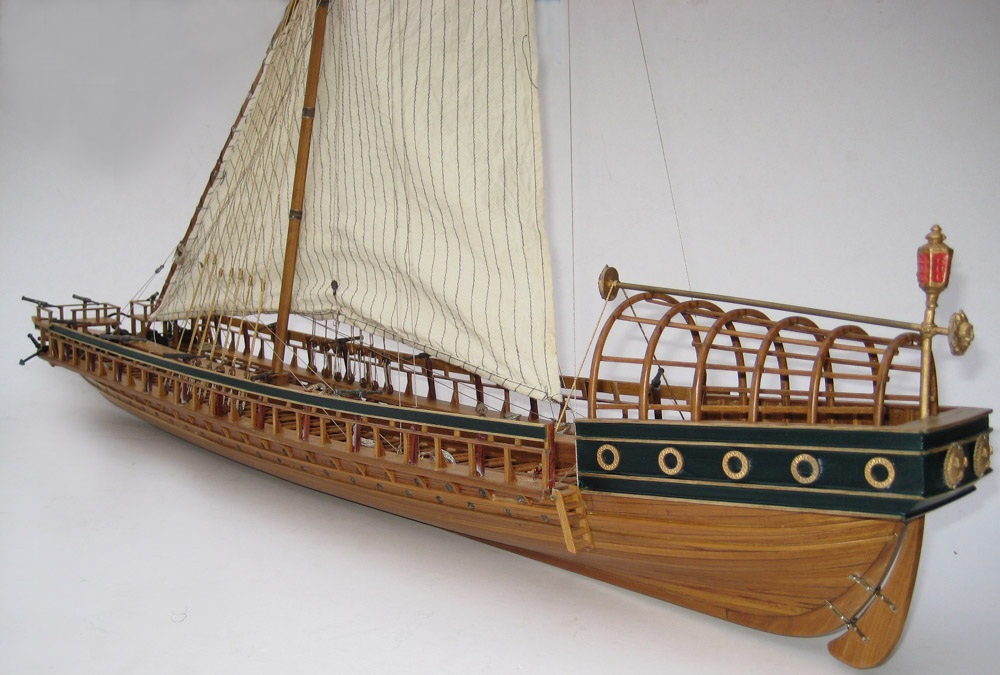

 —————————————————————————————————————————————–
—————————————————————————————————————————————–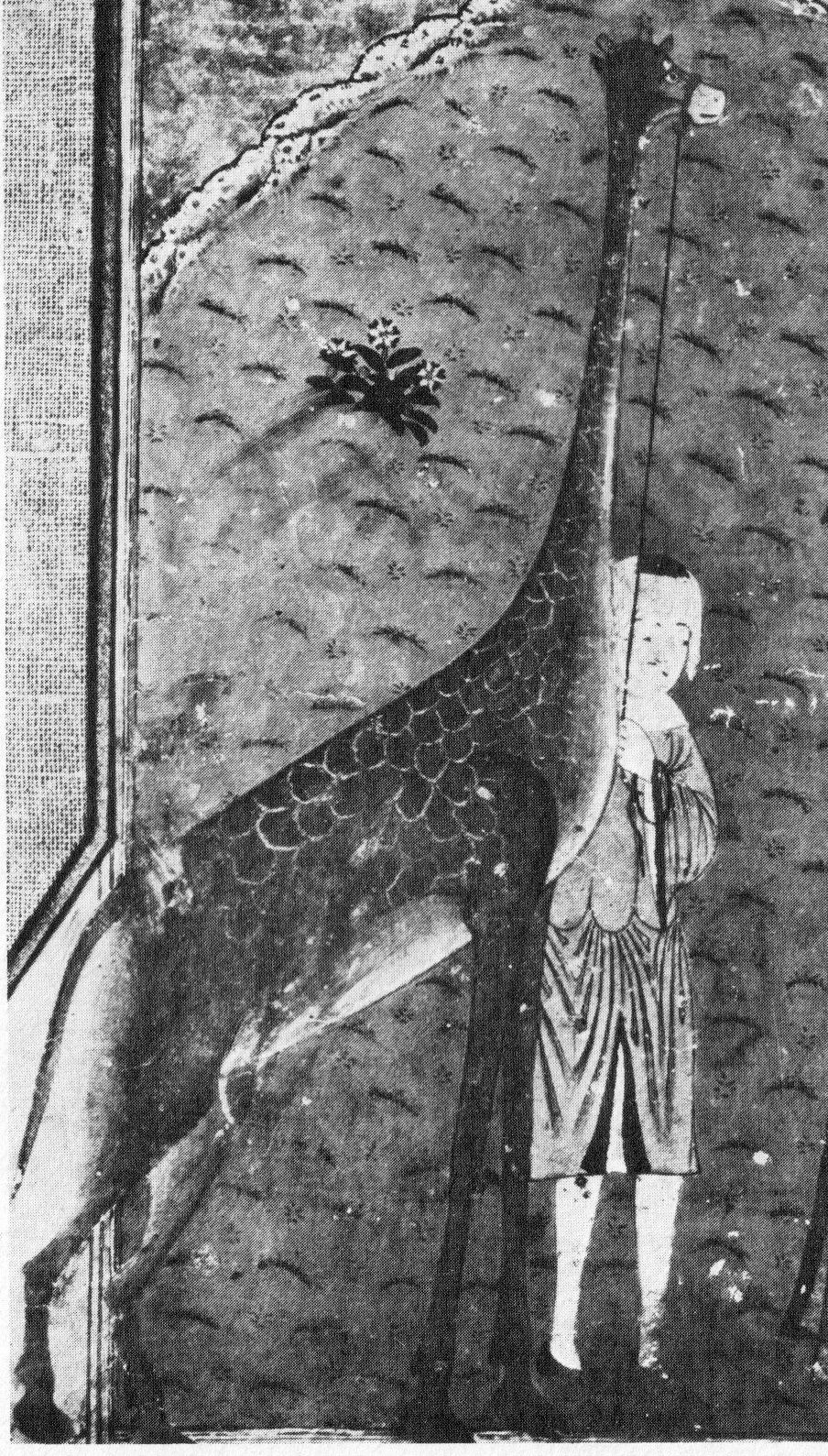
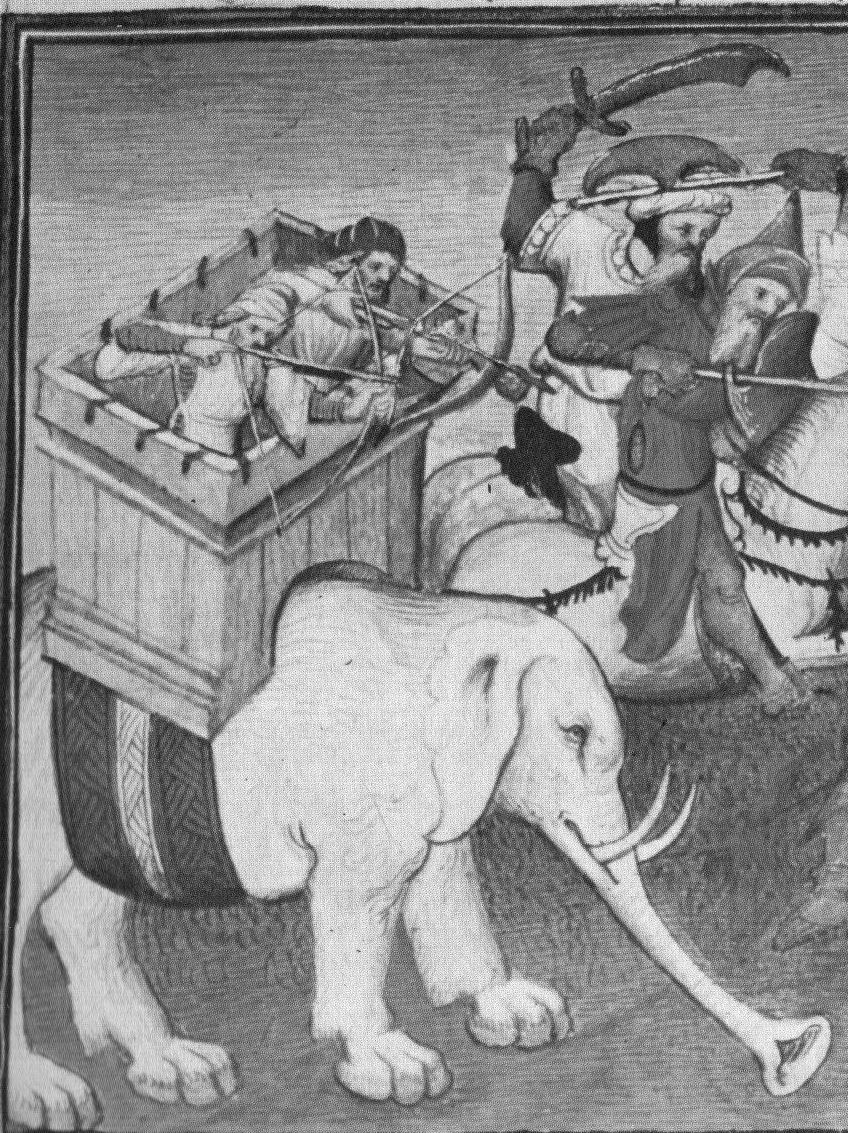
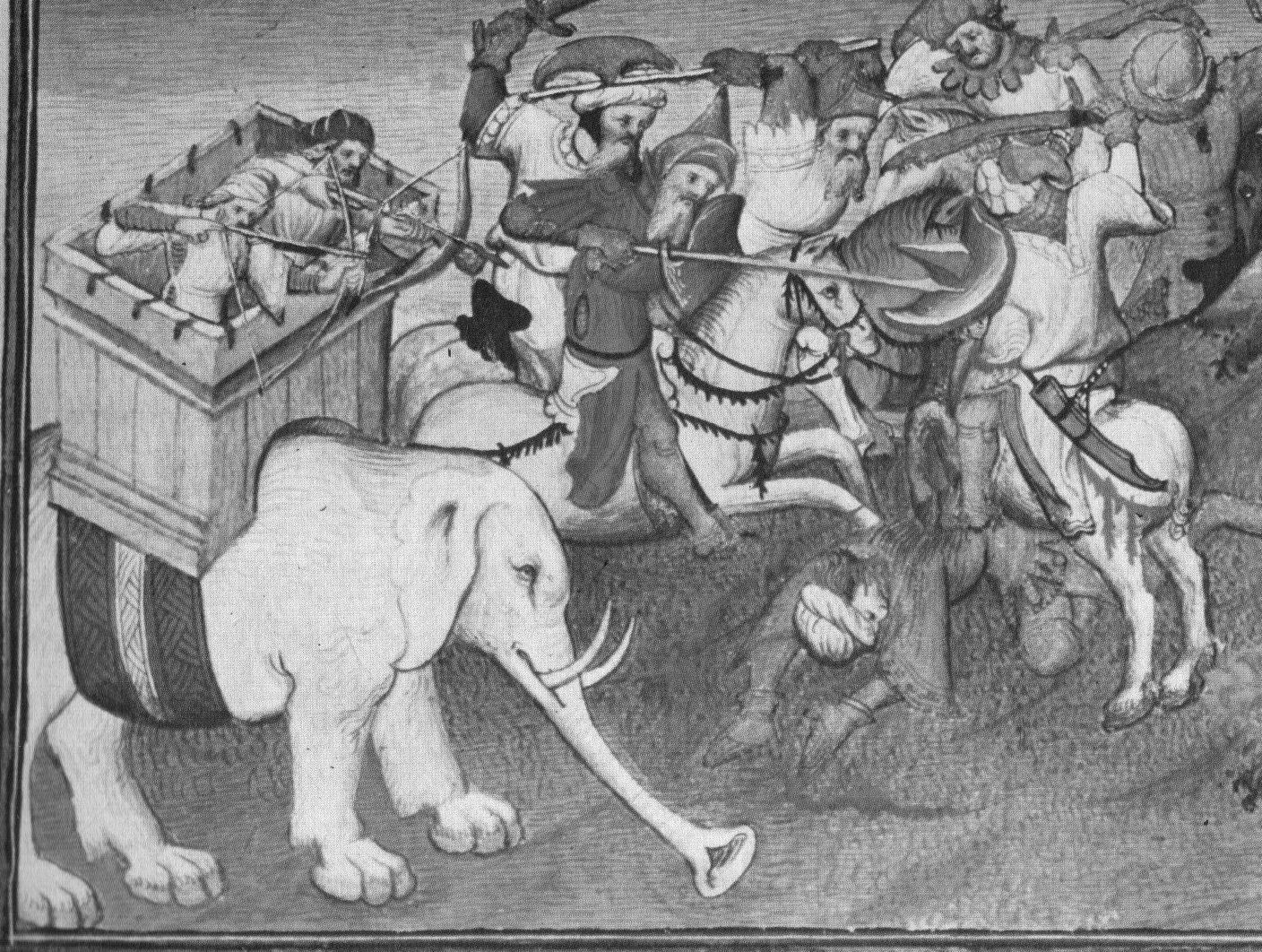
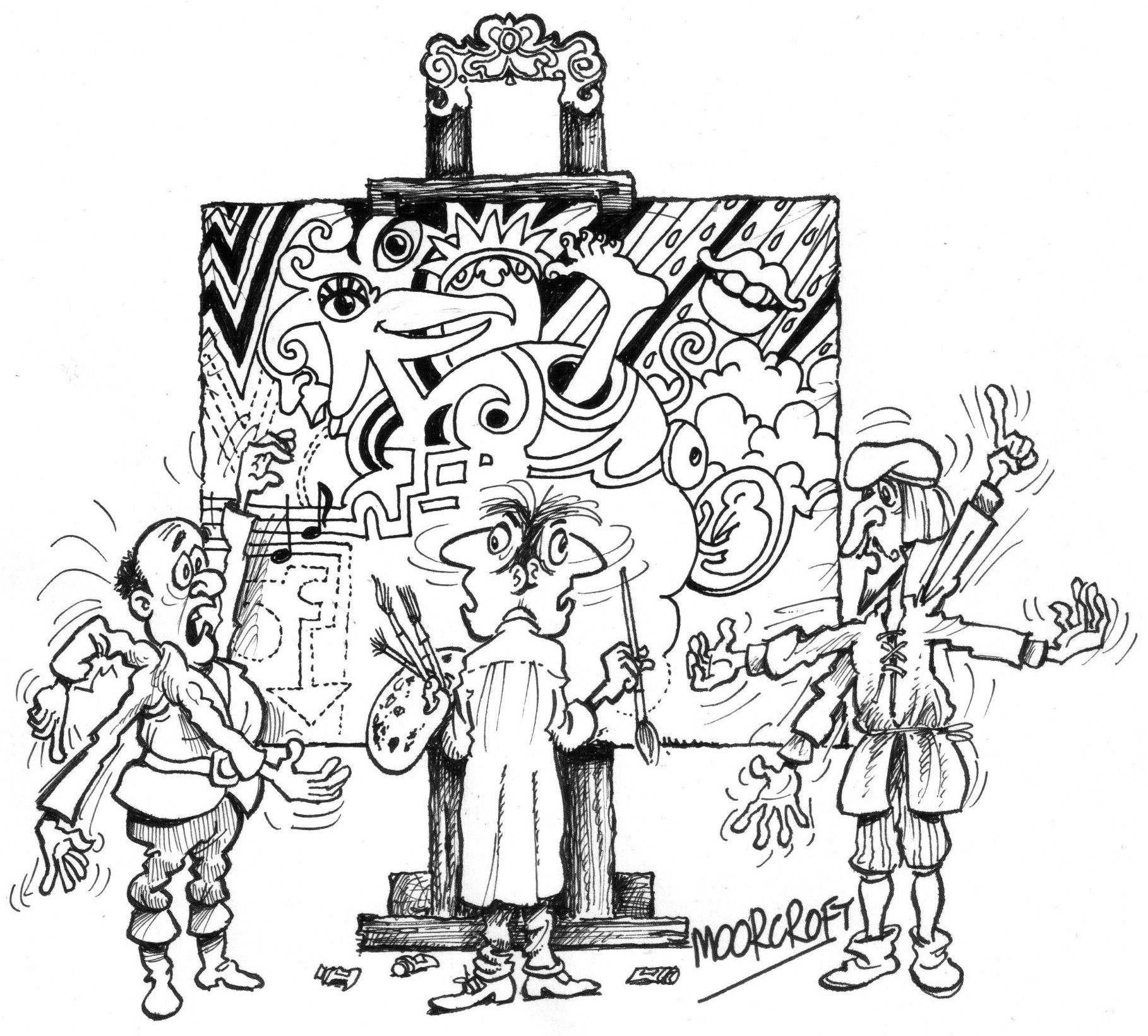
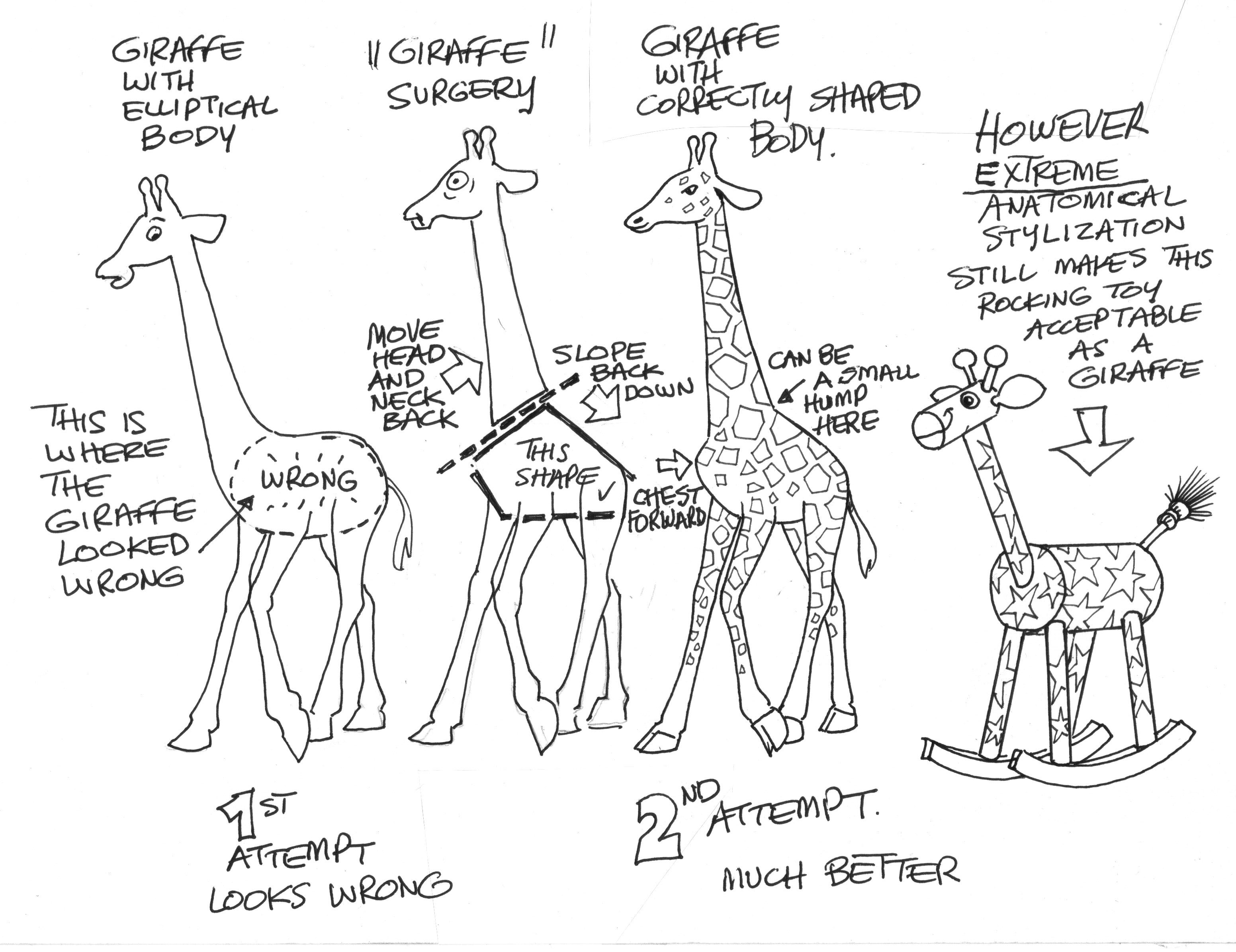

![TOM12sabre[2]_compressed](https://theothermarcostory.co.za/wp-content/uploads/2017/08/TOM12sabre2_compressed.jpg)

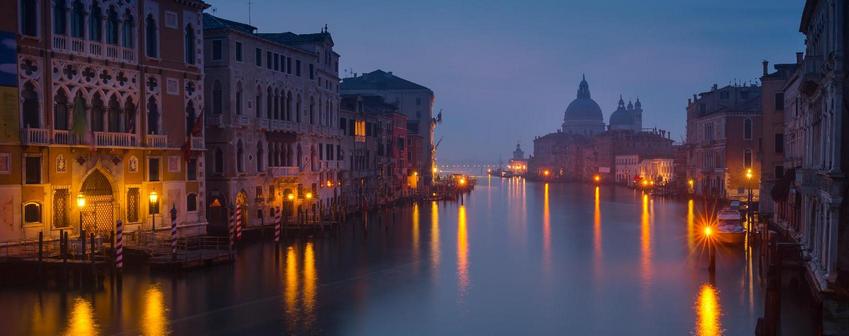
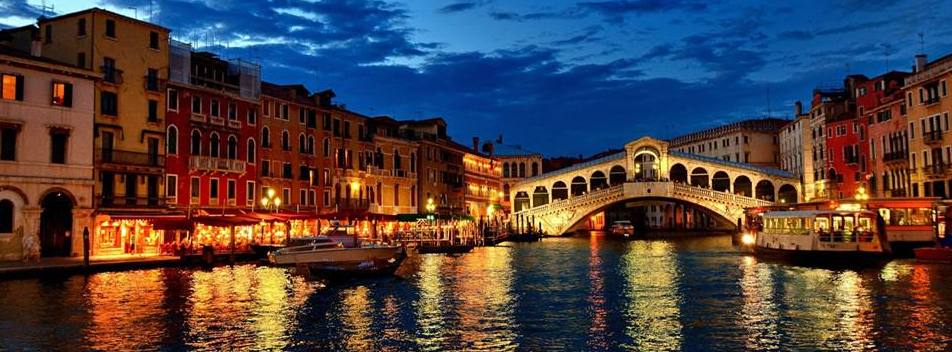
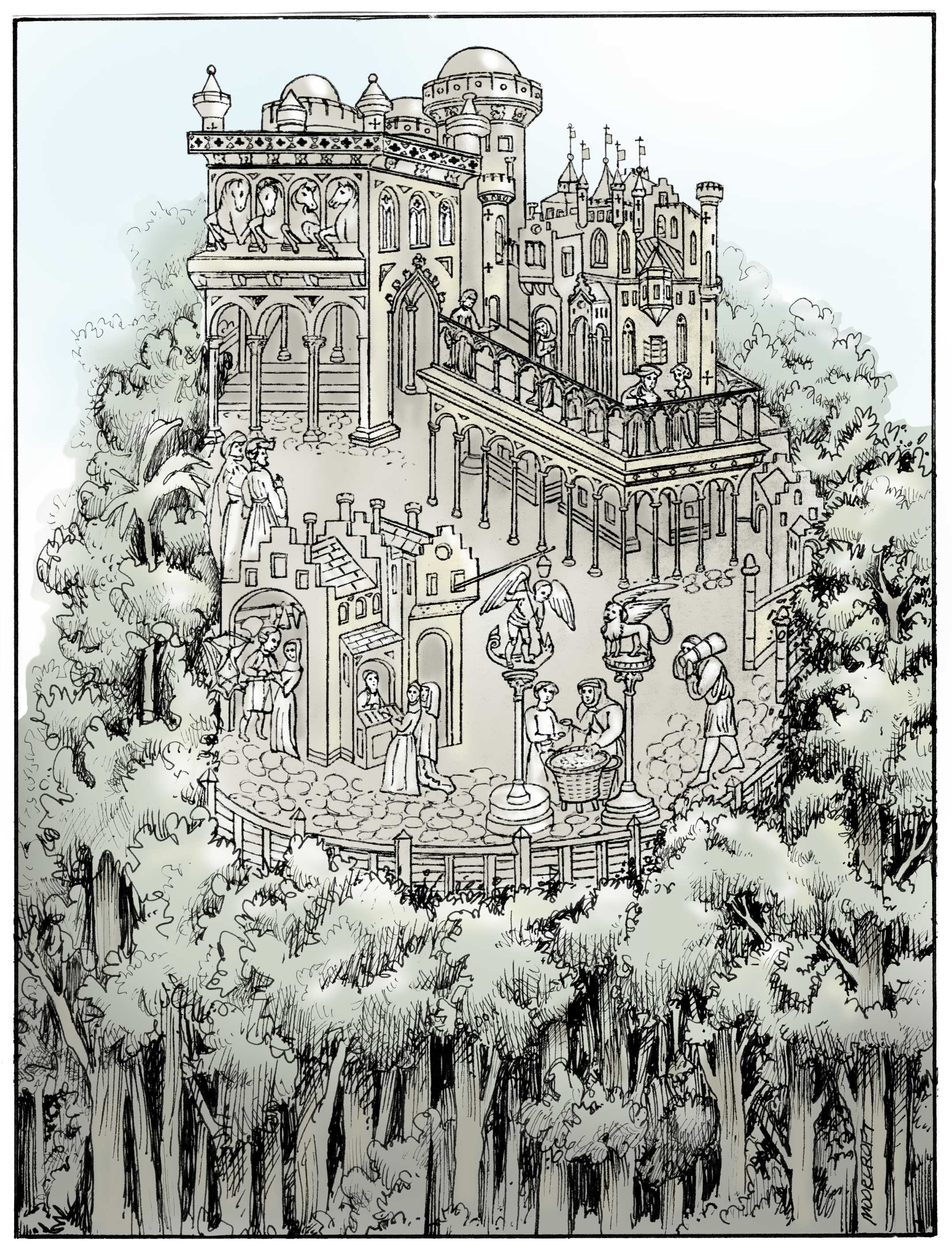
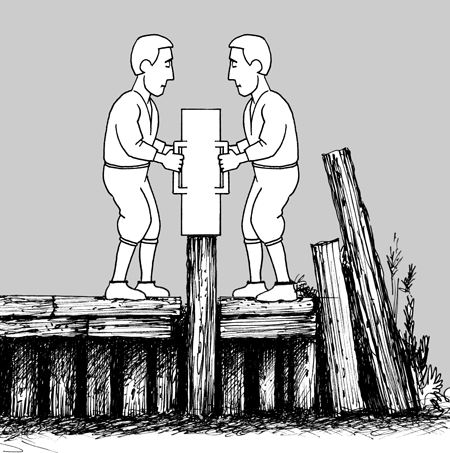
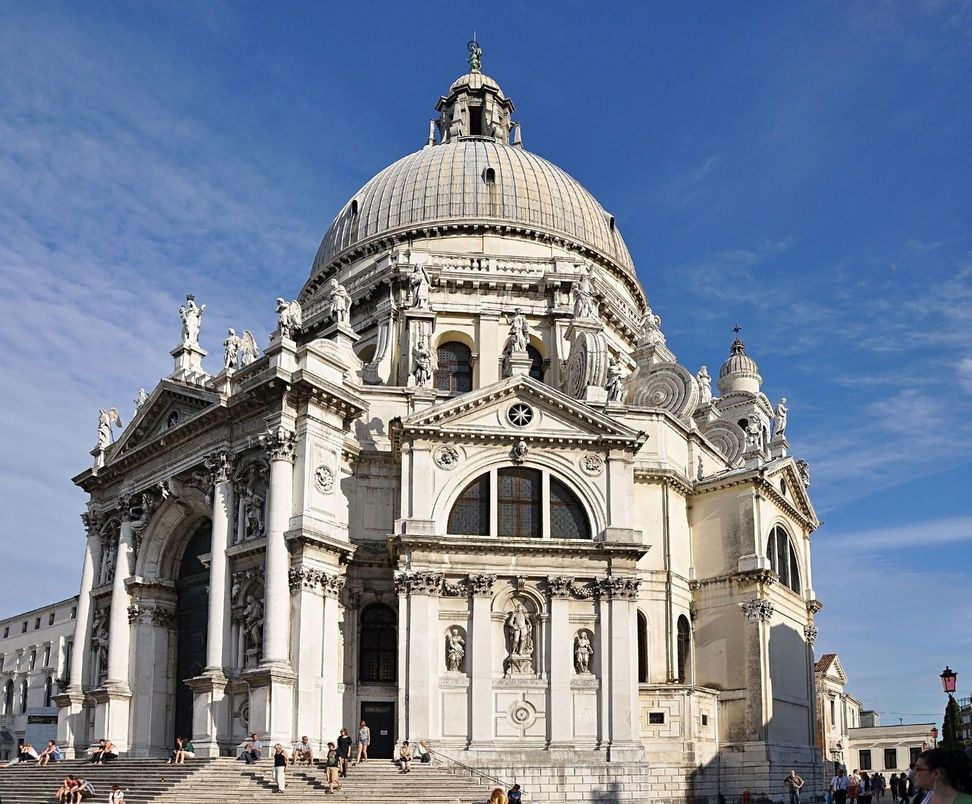
![Venice-canal-dry-749367[1]2](https://theothermarcostory.co.za/wp-content/uploads/2017/08/Venice-canal-dry-74936712.jpg)